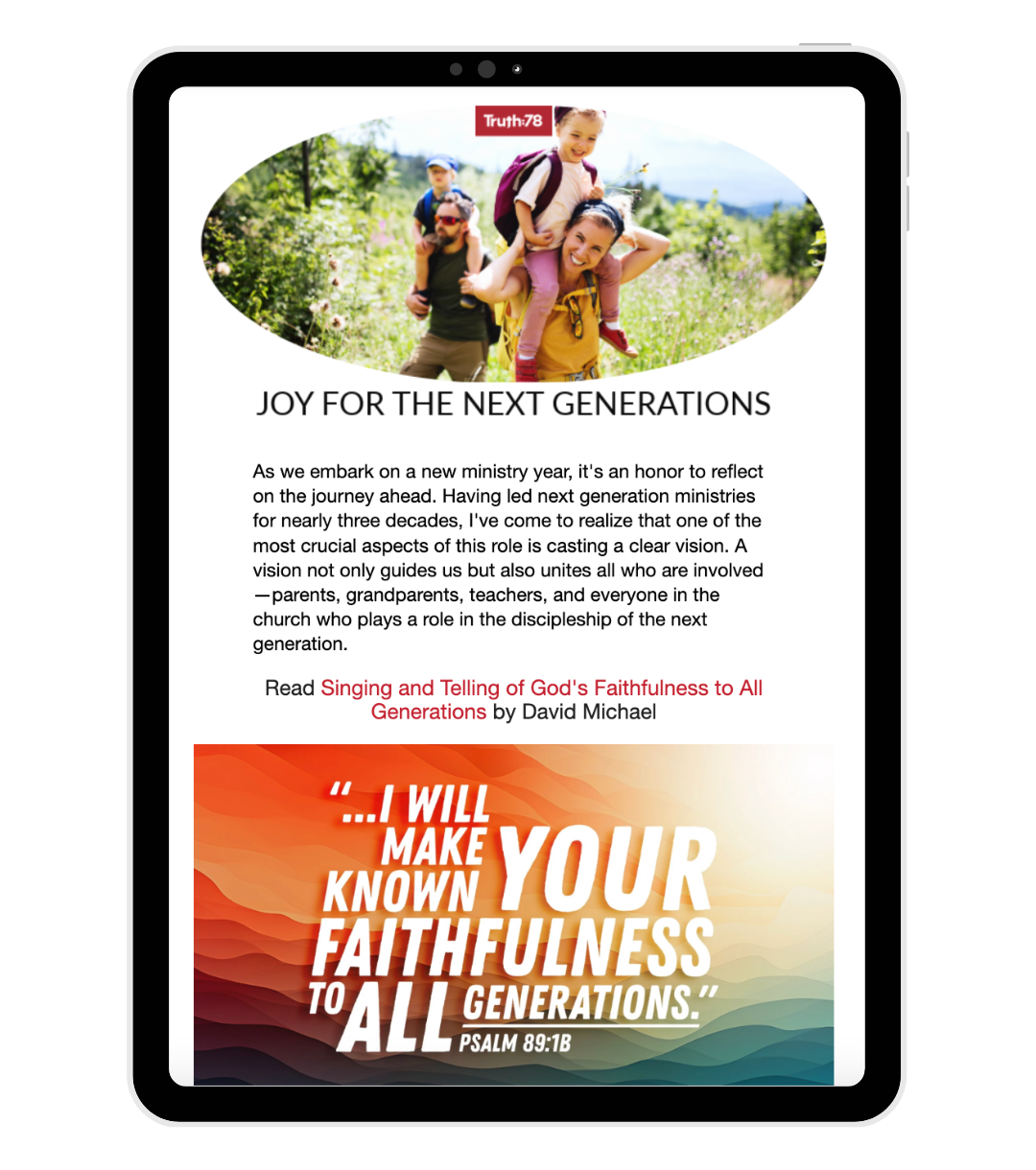In a previous post, I made the case and gave suggestions for encouraging biblical literacy in our nurseries. What comes next? Preschool, 2- to 4-year-olds. At the preschool level, children should not only hear the Bible taught, but should also SEE it. What do I mean by that? And what other things can we do to encourage biblical literacy at this age? Read on...
- Use the Bible as you teach, even if you are not reading directly from the text—have your Bible open to the corresponding text. Show the children that the story is from the Bible by pointing to the text that you are going to read.
- Look for opportunities to read directly from the text even if it is only one verse from the story. When you do this, emphasize that you are reading from the Bible, "I am going to read from the Bible now. This is what God says..."
- Expand and continually review key biblical themes—repetition encourages memorization.
- Make simple connections, and point out progression in the individual stories, as well as the Bible as a whole.
For example, in telling children about the fall you could ask some simple questions that lead them to see the connection between God's command and the consequence that followed because of disobedience to that command:
God created Adam and Eve and God put them in the garden to live. He gave them everything they needed to be happy. There were lots and lots of trees to eat from. But God gave them a special rule about one of the trees: "Do not eat from this tree. If you eat from this tree, you will die." Adam and Eve must obey God. But Adam and Eve did not obey God. They ate from that one tree.
Questions to ask:
Will God be happy with Adam and Eve? No. Why not? Because they disobeyed His rule. That is wrong. What will happen to Adam and Eve? Yes, they will die.
- Use key themes and stories to present a simple Gospel message. For example,
God is holy, He never sins.
People disobey God—we are sinners.
God is right to punish sin.
God loves us and is patient and kind.
Jesus is God's Son.
God sent Jesus to us.
Jesus died to save us.
Jesus came alive again.
Jesus saves sinners.
Believe Jesus!
At this point, it is not necessary that the children fully understand all of these themes and their connection. You are beginning to give them truths and connections that will be the foundation of greater biblical understanding as they mature.
- Use activities that review key people and events, as well as chronological order.
- Encourage Bible memory in the class and at home with simple yet faith nurturing verses.
- Demonstrate through your words and actions the uniqueness and trustworthiness of the Bible. You can do this through how you talk about the Bible, and even by how you treat our Bible.






